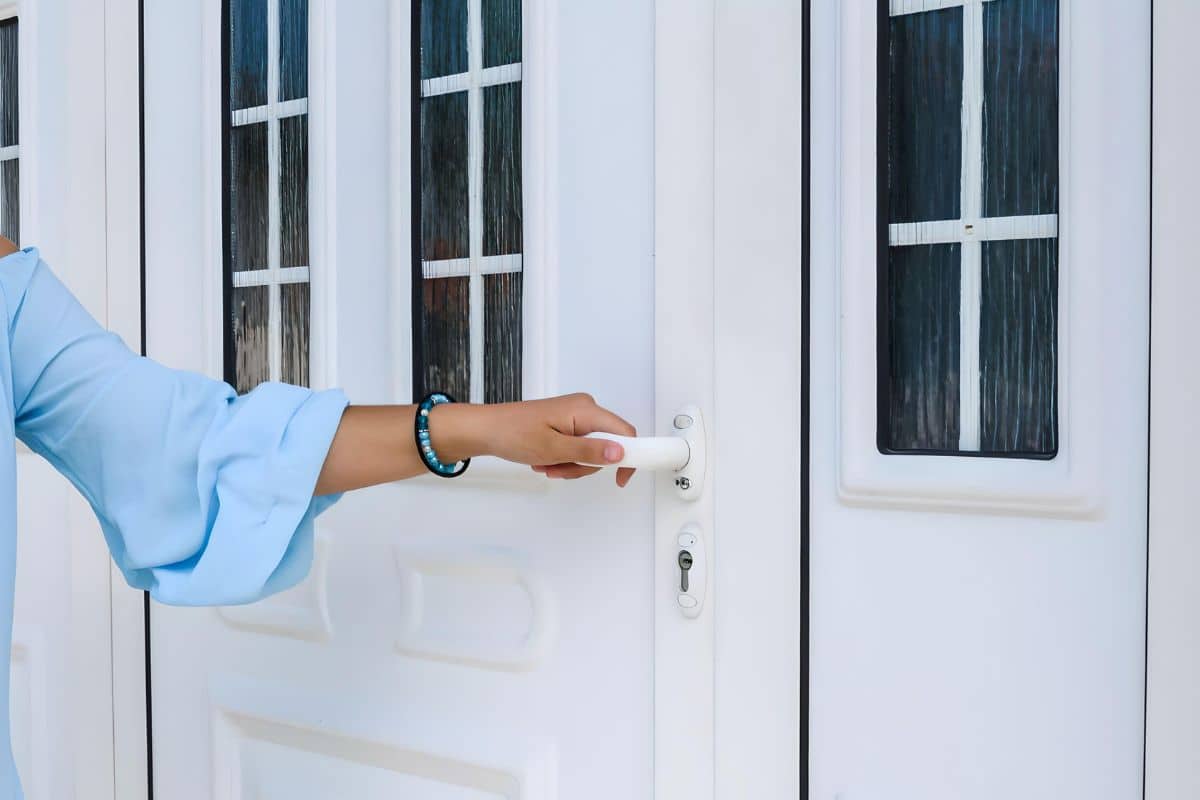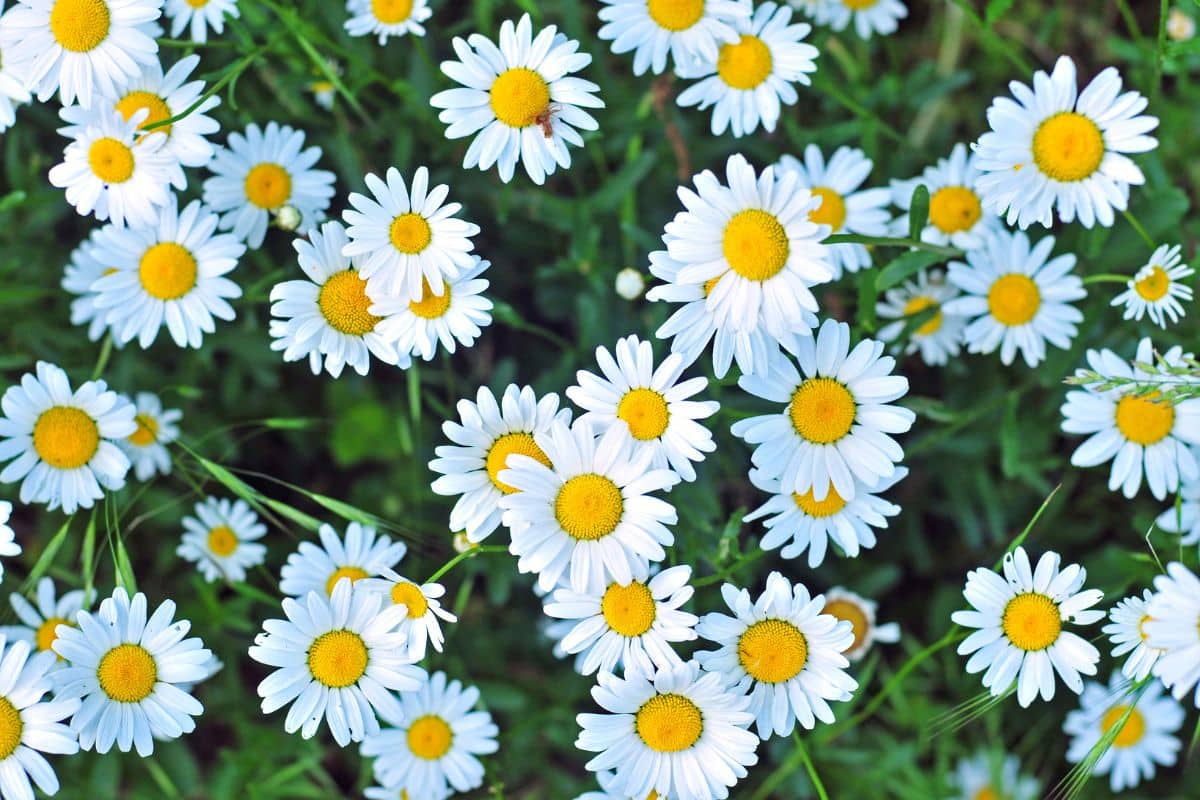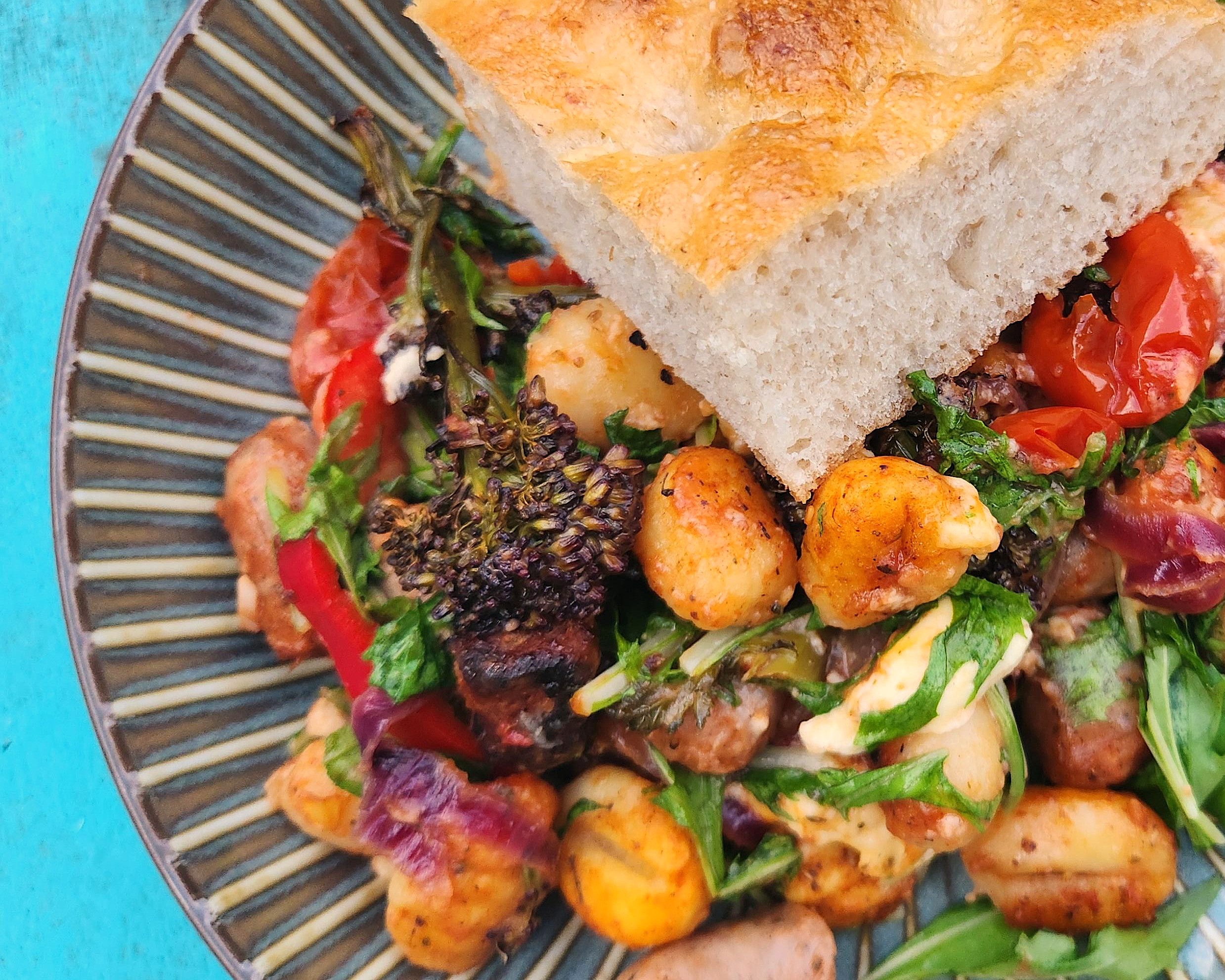Your front door serves as the gateway to your home, creating the first impression for visitors and setting the tone for your entire property. The color you select impacts both curb appeal and personal satisfaction, making this decision more significant than many homeowners initially realize. Understanding the factors that influence door color selection helps ensure your choice enhances your home’s aesthetic appeal while reflecting your personal style.
The right door color can transform your home’s exterior appearance dramatically. It creates visual harmony with existing architectural elements while potentially increasing property value. Consider how the door color interacts with your home’s siding, trim, landscaping, and neighborhood character. A well-chosen hue becomes a focal point that draws positive attention without overwhelming the overall design scheme.
Consider your home’s architectural style and existing color palette
Different architectural styles traditionally pair with specific color families that enhance their inherent characteristics. Victorian homes often showcase bold, rich colors like deep burgundy, forest green, or navy blue that complement their ornate detailing. Colonial and traditional styles typically benefit from classic choices such as black, white, or deep red that emphasize their timeless appeal.
Modern and contemporary homes provide more flexibility for experimentation with vibrant hues or unexpected color combinations. Mid-century modern properties frequently feature bright orange, turquoise, or yellow doors that celebrate their era’s optimistic aesthetic. Ranch-style homes work well with earth tones that connect with their horizontal lines and natural materials.
Examine your home’s existing color scheme carefully before making your selection. Your siding color serves as the primary backdrop against which your door color will be displayed. Light-colored siding allows for both bold and subtle door colors, while dark siding may require lighter or more vibrant options to create sufficient contrast. The trim color around windows and along rooflines also influences which door colors will appear harmonious.
Your roof material and color contribute to the overall palette consideration. Gray or black roofing typically accommodates most door color choices, while red clay tiles or cedar shingles may limit certain options. Just as you might carefully select what size carpet you need for a queen bed to complement your bedroom’s color scheme, choosing a door color requires similar attention to existing elements.
Evaluate lighting conditions and directional exposure
Natural lighting dramatically affects how colors appear throughout the day, making directional exposure a crucial consideration in door color selection. North-facing doors receive limited direct sunlight, which can make colors appear cooler and more muted. These locations often benefit from warmer color choices that compensate for the cooler light conditions.
South-facing entrances receive abundant sunlight throughout most of the day, causing colors to appear more vibrant and potentially fade more quickly over time. Consider how intense sunlight might affect your chosen color’s longevity and visual impact. East-facing doors enjoy morning sunlight but remain shaded during afternoon hours, while west-facing entrances experience the opposite pattern.
Artificial lighting also influences nighttime appearance when your door becomes visible under porch lights or street lamps. Test your color choices under various lighting conditions to ensure consistent appeal. Some colors that appear stunning in natural daylight may look completely different under artificial illumination.
Consider seasonal changes in lighting patterns and surrounding landscape. Deciduous trees that provide summer shade may allow more light to reach your door during winter months. This variation can cause the same color to appear differently throughout the year, affecting your long-term satisfaction with the choice.
Factor in neighborhood aesthetics and personal expression
Your neighborhood’s character and any homeowners association guidelines significantly influence appropriate door color choices. Historic districts often maintain strict color palettes that preserve architectural integrity and neighborhood cohesion. Research any restrictions or recommendations before finalizing your decision to avoid potential conflicts or required changes.
Contemporary suburban neighborhoods typically offer more flexibility while still benefiting from choices that complement surrounding homes. Observe successful color combinations used by neighbors whose homes share similar architectural features or color schemes. This doesn’t mean copying exactly, but rather understanding what works harmoniously within your specific context.
Personal expression remains equally important in creating a welcoming entrance that reflects your family’s personality. Consider colors that resonate with your style preferences and lifestyle needs. Bold personalities might gravitate toward vibrant reds, oranges, or blues, while those preferring subtlety might choose sophisticated grays, muted greens, or classic black.
Think about the emotional response you want to create for both residents and visitors. Warm colors like red, orange, and yellow typically convey friendliness and energy, while cool colors such as blue and green suggest tranquility and stability. Just as maintaining clean interiors requires understanding why your room gets so dusty, creating the right exterior impression demands thoughtful color psychology consideration.
Practical maintenance and longevity considerations
Paint quality and finish type significantly impact your door’s appearance and maintenance requirements over time. High-quality exterior paints formulated specifically for doors provide better color retention, weather resistance, and durability compared to standard wall paints. Semi-gloss and gloss finishes offer superior protection against moisture and easier cleaning than flat or satin options.
Different colors show wear, fading, and dirt accumulation differently. Dark colors may fade more noticeably in direct sunlight, while very light colors can appear dingy more quickly in high-traffic or dusty environments. Consider your local climate conditions, including humidity, temperature extremes, and precipitation patterns that affect paint longevity.
Factor in your willingness and ability to perform regular maintenance. Some colors require more frequent touch-ups or complete repainting to maintain their appearance. Bold colors that make dramatic statements may need more attention than neutral choices that hide minor imperfections more effectively.
Consider the door material when selecting colors and paint types. Wood doors require different preparation and paint formulations compared to fiberglass or steel options. Some materials accept certain colors better than others, affecting both appearance and longevity. Just as proper maintenance keeps timber floors looking their best, appropriate paint selection ensures your door maintains its appeal.
Budget considerations extend beyond initial paint costs to include long-term maintenance expenses. Investing in premium paint and proper surface preparation reduces future repainting frequency, ultimately saving money and effort. When making such important home decisions, avoid costly mistakes like those experienced by couples who discovered hidden dangers in Italy’s €1 house contracts, and research thoroughly before committing to any significant home improvement investment.











Nice article! I especially liked the actionable checklist.